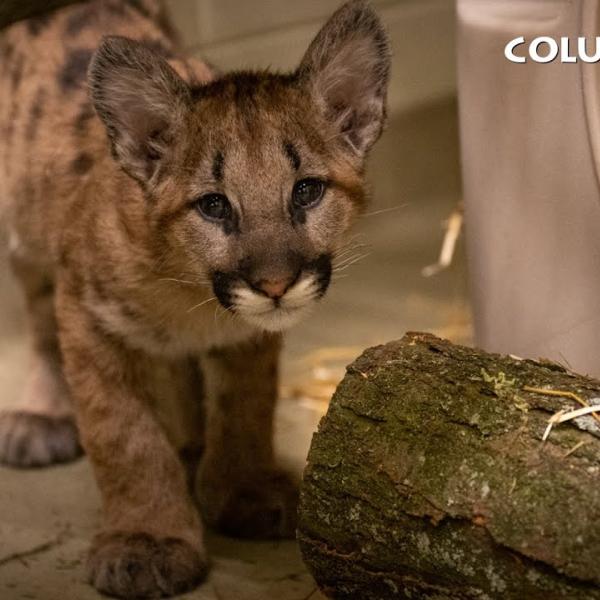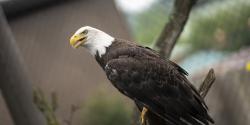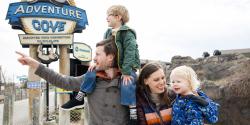This cat is known by many names, such as mountain lion, catamount, cougar, and panther.
All of these names are considered correct, but scientists usually use the name “puma”.
Scientific Name: Puma concolor
Conservation Status: Least Concern
Size: Head and body length can range from 3 to 5 ft., with males generally larger than females. Tail length can range from 2 to 3 ft.
Weight: Males can weigh from 80 to more than 225 lbs. Females are generally smaller and weigh from 60 to 140 lbs.
Median Life Expectancy: Males 13.6 years; females 16 years















